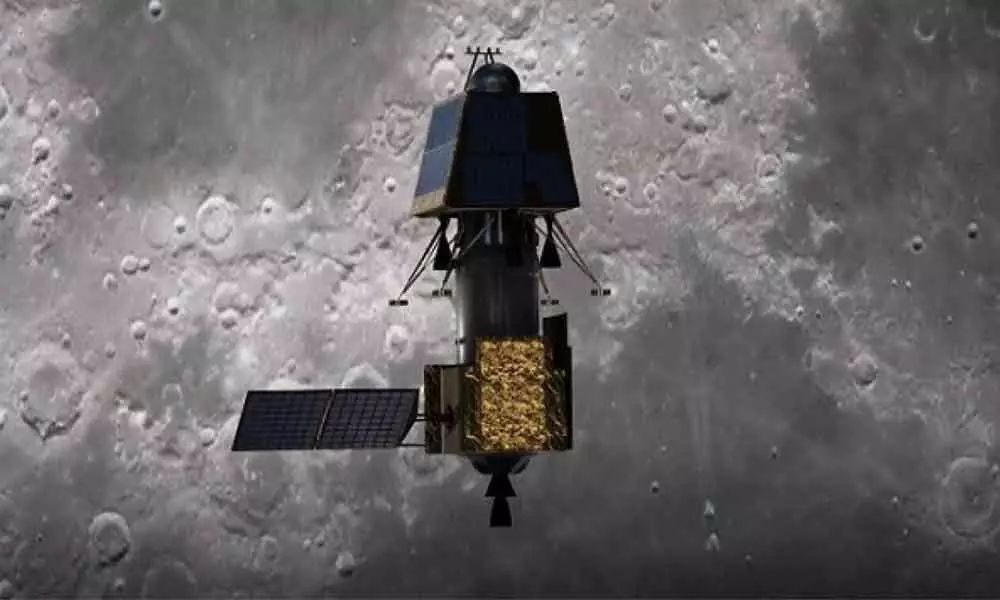Live
- Must watch, says CM Yogi after seeing ‘The Sabarmati Report’; makes it tax-free in UP
- Worsening air pollution in Mongolian capital sparks public alarm
- Over 9 in 10 Indian leaders anticipate an increase in cybersecurity budgets next year
- Every nation must embrace Buddhist doctrine of peaceful co-existence: Rajnath Singh at ASEAN meeting
- India’s export outlook brighter as manufactured goods gain share: RBI
- Vivah Panchami 2024: Date, Rituals, and Spiritual Significance
- Gaza has become 'graveyard' for children: UNRWA chief
- Sheesh Mahal issue is very serious, says Kailash Gahlot who led BJP protest against Kejriwal
- Africa CDC chief underlines local manufacturing of drugs
- 1-metre sea level rise by 2100 to affect over 14 mn people living in coastal areas: Study









